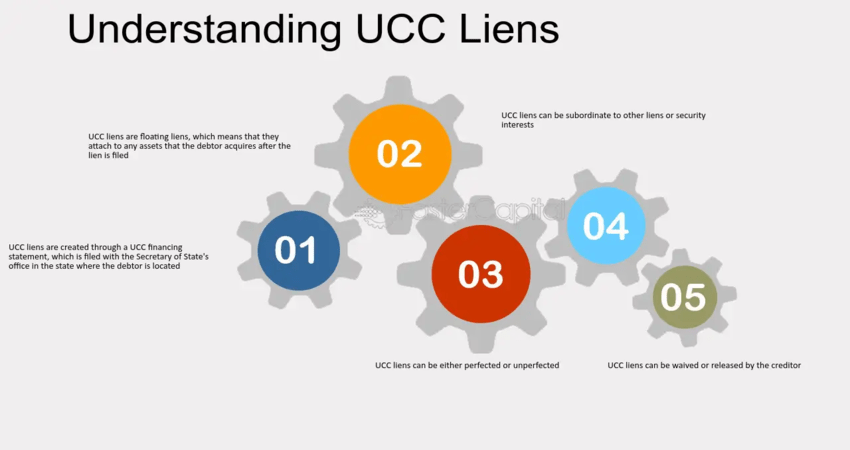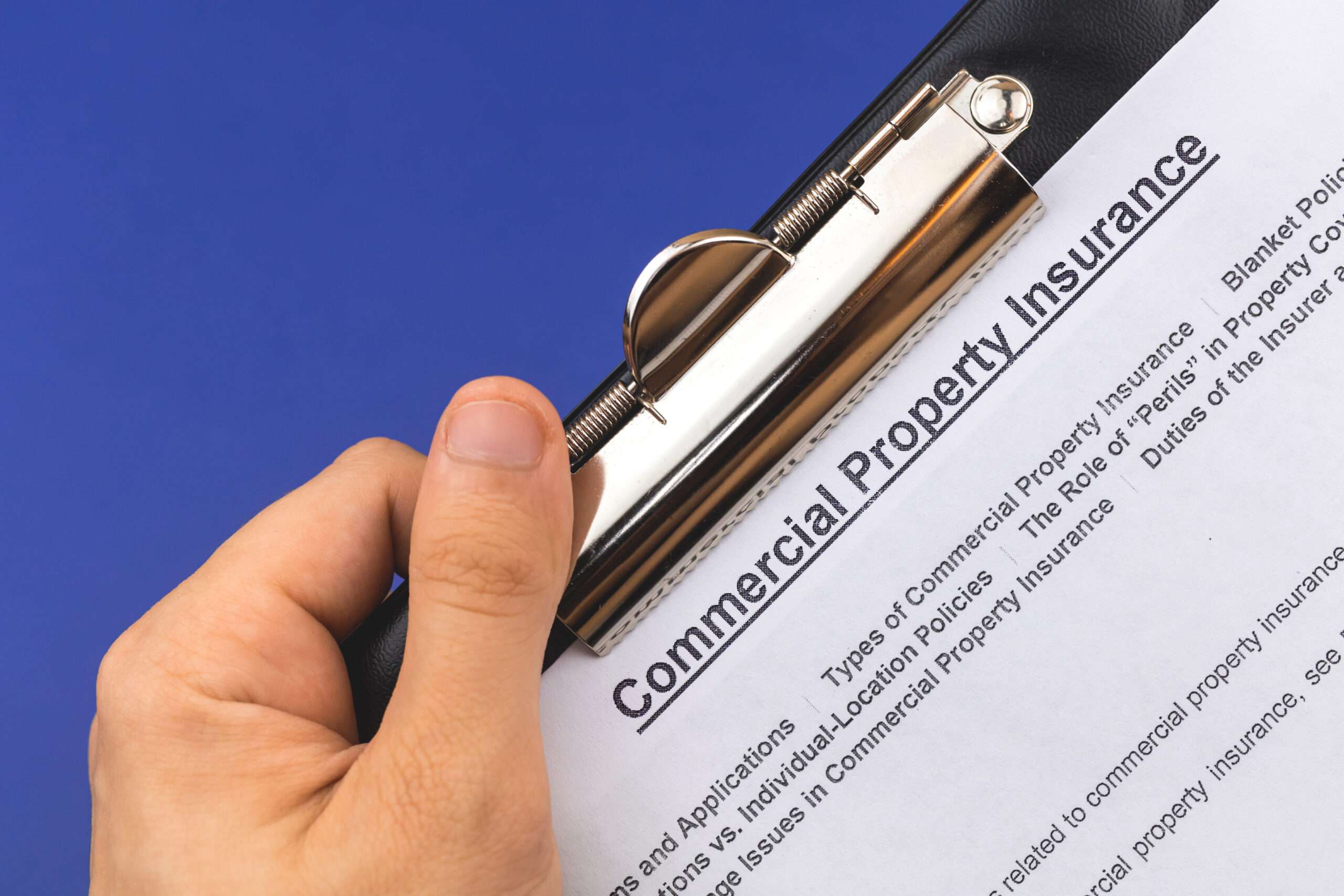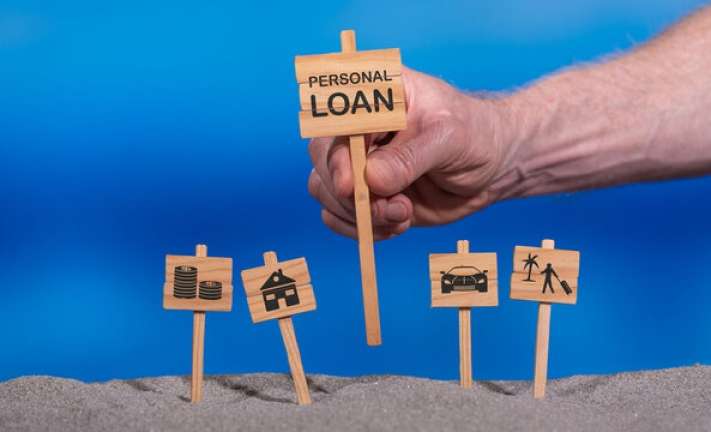Debt is a huge problem for many people in the United States. In fact, according to a study by the Federal Reserve Bank of New York, a good number of American households had an average of $16,000 in credit card debt alone. And that number is only going up. If you’re one of the millions of Americans struggling with debt, you’re not alone. But that doesn’t mean you have to stay stuck where you are. There are plenty of ways to get help and start getting your finances back on track. Here are some useful guidelines to follow.
1. Get Professional Help If You Need It
If you’re struggling with debt, it may be a good idea to get professional help. A professional can help you develop a plan to get your finances back on track and offer guidance and support. If you need assistance, don’t hesitate to contact Powell Associates to set up a consultation. Many professionals can assist you with your debt, including credit counselors, bankruptcy attorneys, and financial planners.
Suppose you’re not sure where to start or what type of professional would be best for you, talk to a friend or family member with debt relief experience. They may be able to point you in the right direction or even recommend a specific professional they’ve worked with before.
2. Try a Debt Consolidation Loan
If you’re struggling with multiple debts, you may be able to consolidate your debts into one loan with a lower interest rate. This can help you save money on interest and simplify your monthly payments. When consolidating debt, shopping around for the best rates and terms is essential. Be sure to compare offers from multiple lenders before choosing one. And remember, just because a lender offers you a consolidation loan doesn’t mean you have to take it. It’s essential to make sure that the loan makes financial sense for you before moving forward.
3. Negotiate With Your Creditors
If you’re struggling to make your monthly payments, you may be able to negotiate with your creditors to lower your interest rates or monthly payments. This can be a complicated process, but it’s often worth it if you get a lower interest rate or monthly fee. When negotiating with creditors, be sure to have your financial information handy, so you can make a strong case for why you deserve a lower interest rate or monthly payment.
4. Consider a Debt Relief Program
If you’re struggling with debt, you may be able to enroll in a debt relief program. These programs can help you get out of debt by consolidating your debts into one monthly payment or negotiating with your creditors to lower your interest rates or monthly payments. Debt relief programs can be a good option for people struggling to get out of debt independently.
Before enrolling in a debt relief program, be sure to do your research. There are many scams, so it’s vital to ensure you work with a reputable company. Review reviews and compare fees before choosing a debt relief program.
There’s no one-size-fits-all solution when it comes to getting out of debt. But by following these useful guidelines, you can develop a plan that works for you and start taking steps to get your finances back on track.
















